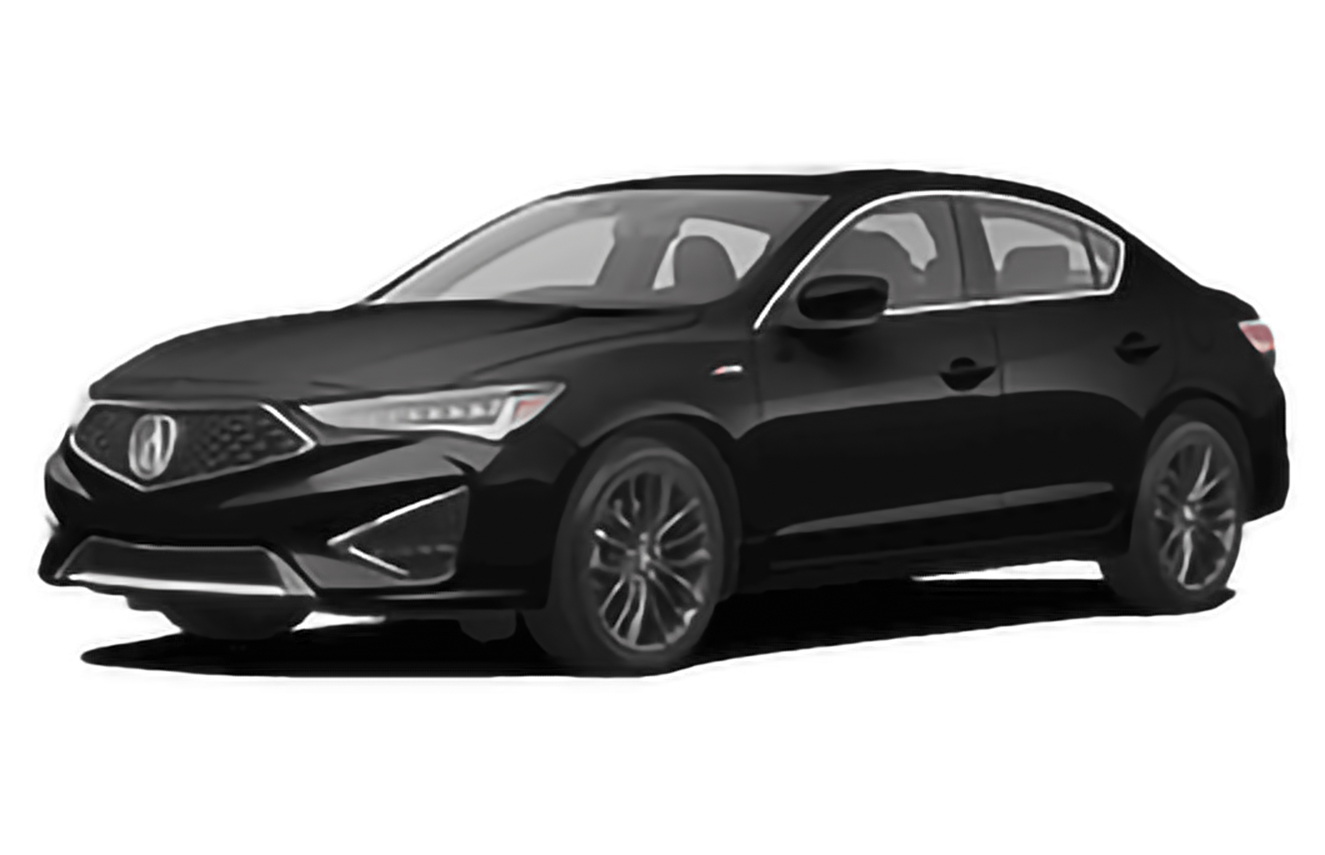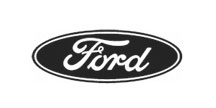How the Residual Value Affects the Lease Price
If you want to lease a car, you should choose a vehicle with a high residual value.
This is due to the fact that a car with a high residual value will be cheaper to lease. Of course, we still have to factor in the interest rates and the lease term in computing the leasing rates. You will see from the illustration below that a car with a high residual value will give you lower monthly lease payments.
How the Residual Value Affects the Lease Price
Let us assume that car A has an MSRP or sticker price of $20,000. Let us also assume that the dealer demands a down payment of $2,000 for a 36-month lease term. The residual value of car A is 55% of the MSRP.
The MSRP of $20,000 should be multiplied to the residual percentage of 55% to arrive at the residual amount. Using the example above, the residual amount is $11,000 ($20,000 x .55).
Deducting the residual amount to the MSRP will give you a capitalized cost of $9,000 ($20,000 - $11,000.)
Deduct the down payment from the capitalized cost to determine the net cap cost of $7,000 ($9,000 - $2,000.)
Finally, divide the net cap cost over the lease term to arrive at a lease payment of $194/month ($7,000 / 36 months.)
Let us assume that car B has the same MSRP, lease term, and required down payment as car A. The only difference is that car B has a residual value of 45% of the MSRP.
Using this data, the residual amount is adjusted to $9,000 ($20,000 x .45).
The capitalized cost is now $11,000 ($20,000 - $9,000 residual amount.)
The net cap cost will become $9,000 ($11,000 - $2,000 down payment.)
The monthly lease payment for car B is $250/month ($9,000 / 36 month lease term.)
You can clearly see that the residual value makes a huge difference on the lease price.
The next time that you lease a car, try to determine which car has a higher residual value in order to get the lowest lease prices in your area.



